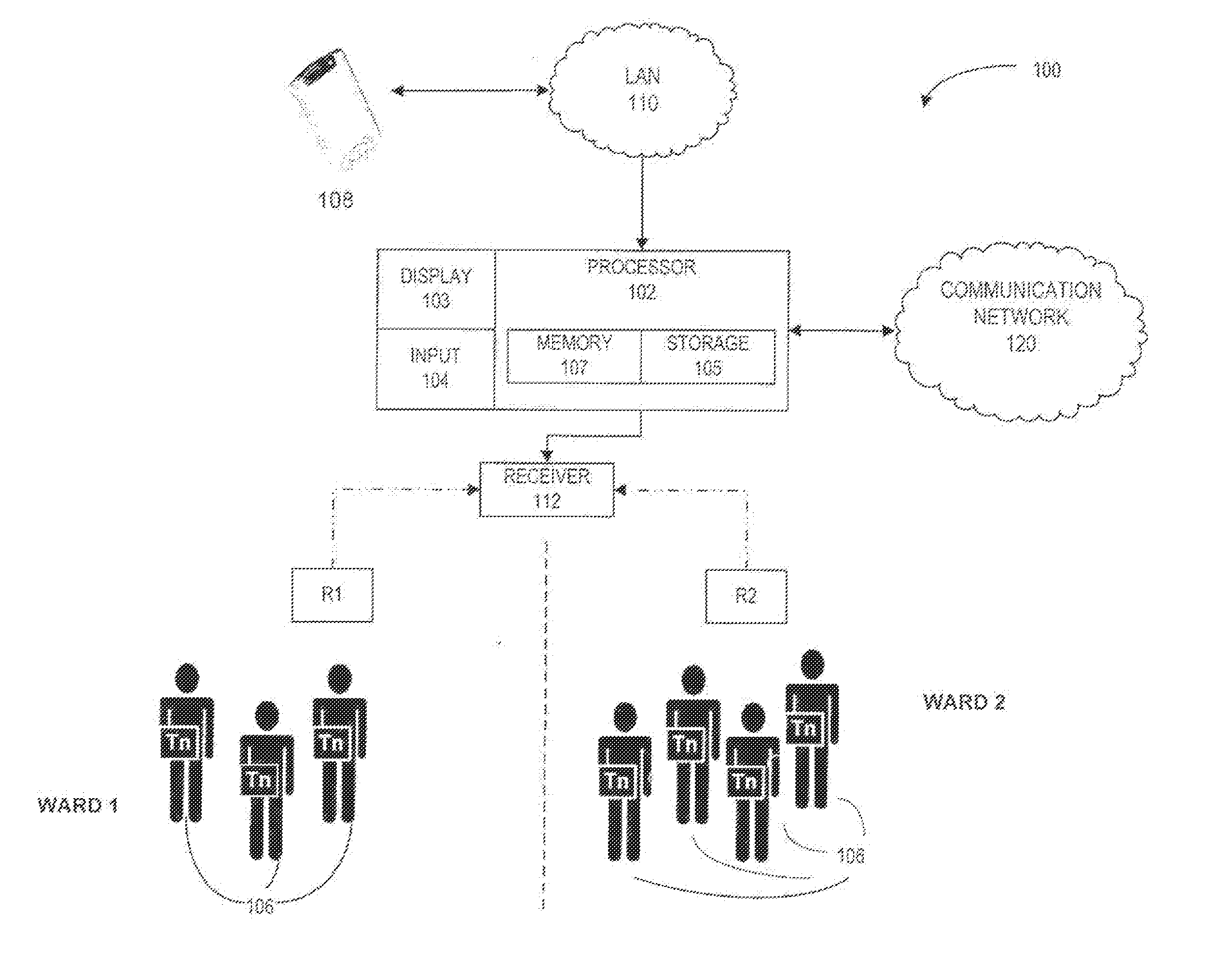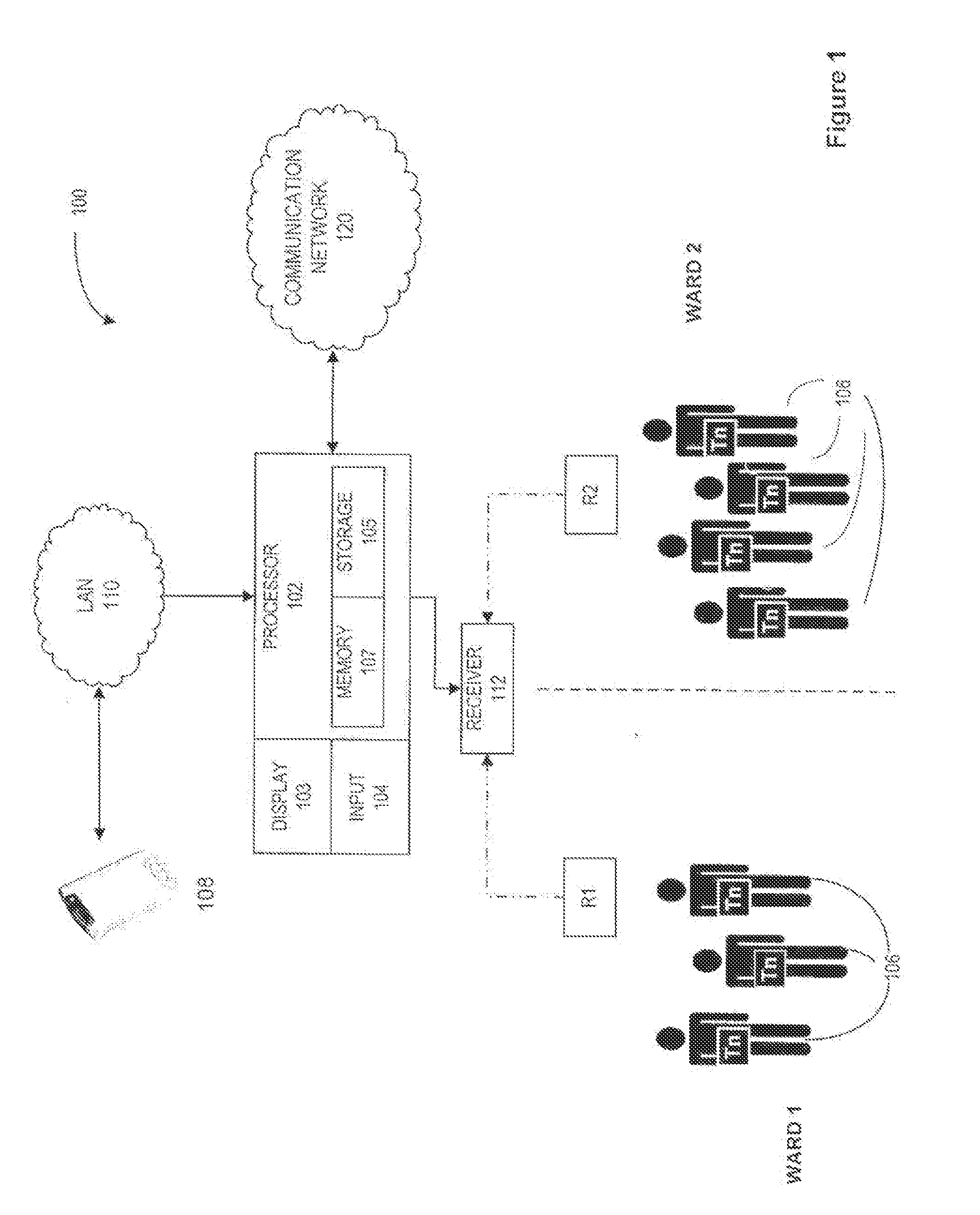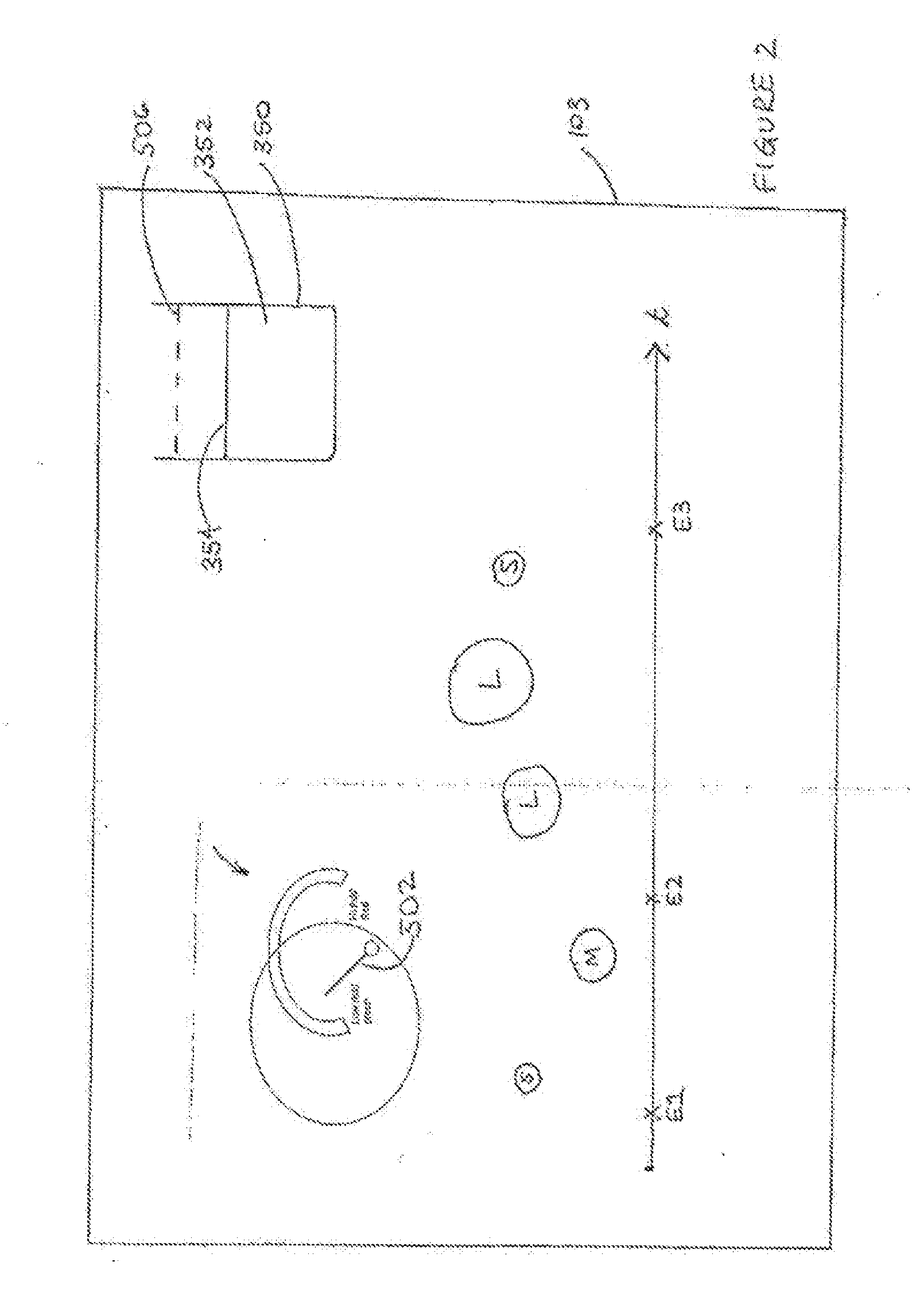Incontinence monitoring and assessment
a technology for incontinence care and monitoring, applied in the field of incontinence monitoring and assessment, can solve the problems of inconvenient or uncontrolled urination, infection arising from bacteria in bodily exudate, discomfort and embarrassment, etc., and achieve the effect of facilitating identification of a particular pad type and evaluating the effectiveness of continence care plans
- Summary
- Abstract
- Description
- Claims
- Application Information
AI Technical Summary
Benefits of technology
Problems solved by technology
Method used
Image
Examples
Embodiment Construction
[0047]In most care institutions there is minimal use of technology to monitor subjects suffering from incontinence. Rather, incontinent residents or patients (referred to generally as “subjects”) are typically cared for using traditional methods involving manual wetness checks. There are many drawbacks with this approach as outlined in the Background.
[0048]Administering appropriate and cost effective care is also complicated by the wide array of incontinence products which are available on the market. Different brands of pad or incontinence garment claim to provide different benefits and absorbency characteristics and it is increasingly difficult for care institutions (and individuals) to select the correct type of pad / diaper / insert or other incontinence garment for a particular subject. To some degree, purchasers of incontinence garments for institutional use are influenced by manufacturer claims and sales staff and evidently by the cost of the articles. However, little regard is h...
PUM
 Login to View More
Login to View More Abstract
Description
Claims
Application Information
 Login to View More
Login to View More - R&D
- Intellectual Property
- Life Sciences
- Materials
- Tech Scout
- Unparalleled Data Quality
- Higher Quality Content
- 60% Fewer Hallucinations
Browse by: Latest US Patents, China's latest patents, Technical Efficacy Thesaurus, Application Domain, Technology Topic, Popular Technical Reports.
© 2025 PatSnap. All rights reserved.Legal|Privacy policy|Modern Slavery Act Transparency Statement|Sitemap|About US| Contact US: help@patsnap.com



